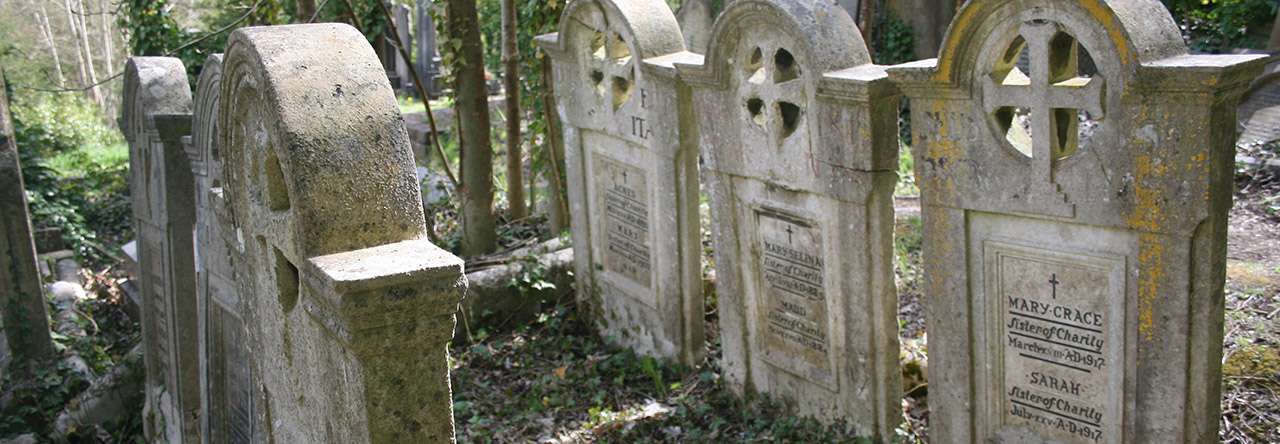Christmas wouldn’t be Christmas without the sight and sound of a Salvation Army brass band. The steps of the most hardened atheist slow, and “Bah-humbug” dies on the misanthropist’s lips, as the first strains reach their ears. I stand with the rest of them, personally averse to religion of any sort, sickened by military uniforms of any hue, and yet completely enraptured by the cadences of familiar carols, Christmas shopping forgotten, immovable until the last notes of Silent Night fade away.
William and Catherine Booth established the Salvation Army, at first known as the East London Christian Mission, in 1865. William had resigned as a Methodist preacher in favour of working as an independent evangelist. Delivering his first open air sermon outside the Blind Beggar pub in Bethnal Green (better known today for its connections with East End gangsters, and specifically as the location where Ronnie Kray shot and murdered George Cornell) he was invited to preach in Mile End Waste, an old Quaker burial ground in Whitechapel, where he set up a tent and began his Christian mission.
Booth proclaimed that salvation was only possible through repentance from sin and an obedient faith. While the righteous might thus achieve eternal happiness, the wicked who did not believe the gospel of Jesus Christ could expect endless punishment. “Blood and Fire”, the Salvationist “war cry”, professed faith in the saving blood of Christ and the sanctifying fire of the Holy Spirit.
As its name implies, the Salvation Army adopted a quasi-military structure and government, with General Booth himself at the head of the organisation and a hierarchy of Officers and Soldiers of Christ beneath. They sport a flag, a crest, and uniforms with colour coded epaulettes denoting rank. In the early days officers could only marry others of the same rank. In 1879 they began publication of War Cry, their campaign magazine, sold widely in pubs to raise funds. And Booth was nothing if not autocratic; three of his own children left to form breakaway movements finding it too difficult to collaborate with him.
But beyond the Christian revivalism and the emphasis on the salvation of souls, Booth was also acutely aware of the poverty, destitution, and hunger prevalent in Victorian England. He summarised his mission as the Three Ss: Soup, Soap, and Salvation, to be administered in that order. The Salvationists provided hot meals, blankets, and toiletries for the homeless. They established night shelters.
Booth’s activities went beyond the alleviation of poverty: In his work In Darkest England and the Way Out he drew up a blueprint for its elimination, and promptly set about putting his plan into operation.
He set up ethical businesses including the Salvationist’s own match factory. There, red phosphorus replaced the dangerous white phosphorus used by Bryant and May which caused necrosis (phossy jaw). His factory paid workers four pence a gross instead of the usual tuppence ha’penny. The match boxes bore the mottoes Lights in Darkest England and Fair Wages for Fair Work.
In 1891 Booth bought 3,200 acres of land in Essex and established the Hadleigh Farm Colony. The young residents were provided with accommodation, a bath house, laundry, reading room, hospital, and meeting room. They learned farming, market gardening, brick making, and construction, enabling them to find jobs in the overseas colonies. By 1912 7,000 trainees had passed through Hadley Farm.
Booth was an early campaigner against child prostitution. He established special rescue homes reaching out to women working on the streets and in brothels, to alcoholics, morphine addicts, and to released prisoners.
From the 1880s the Salvation Army spread abroad, firstly to Australia, Ireland, and America, then to France, Switzerland, Sweden, Austria, Canada, India, New Zealand, and Jamaica. During Booth’s lifetime branches were established in fifty-eight countries. In the twentieth century the Army became involved in disaster relief work in response to the 1901 Galveston Hurricane and the San Francico Earthquake of 1906.
All this took place against a background of strong opposition to the Army. Booth was accused of being a charlatan, out to make money, and of nepotism in appointing his son, Bramwell, as his successor, and his daughter Emma as principal of the training school for women when she was just nineteen. There were violent attacks by the Skeleton Army, formed by those involved in the production and selling of alcohol which the Salvationists campaigned against. Clashes led to deaths and injuries. The Church of England was hostile, and Shaftesbury described Booth as the Anti-Christ not least for the “elevation of women to the same status as men” within the ranks of his organisation.
Yet by the time Booth “laid down his sword” opinion had swung in his favour, and a reverential attitude accompanied his funeral. 150,000 people visited his body as it lay in state for three days, 40,000 attended his funeral and 7,000 Salvationists including forty bands marched in his funeral procession to Abney Park cemetery in Stoke Newington.

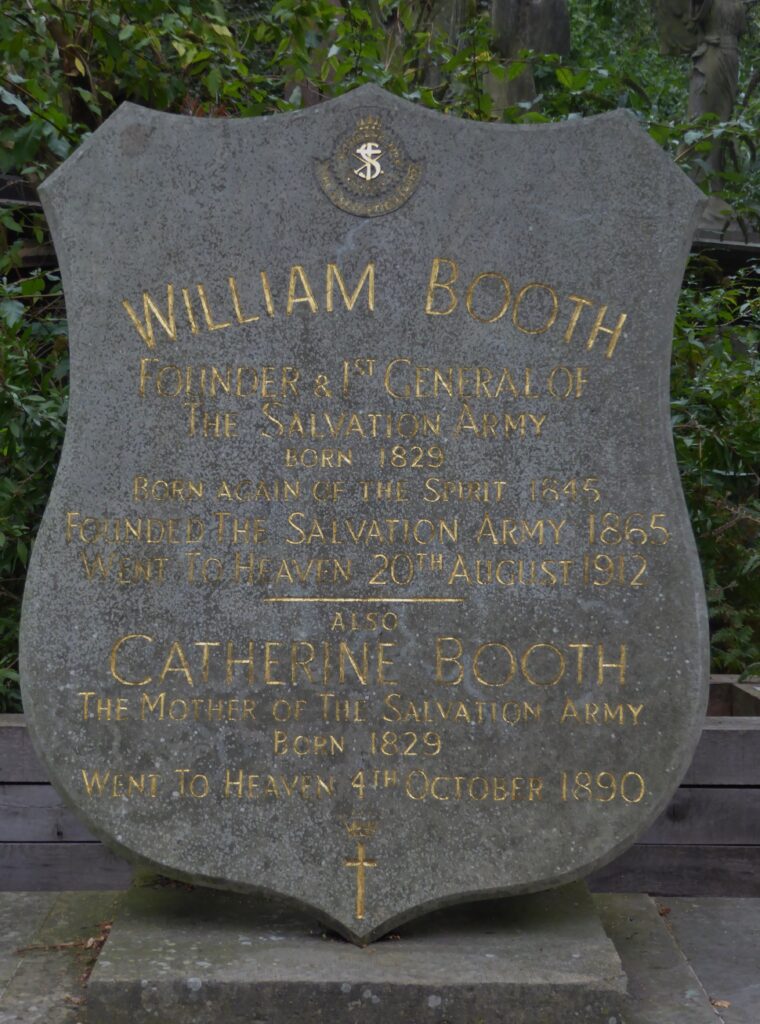
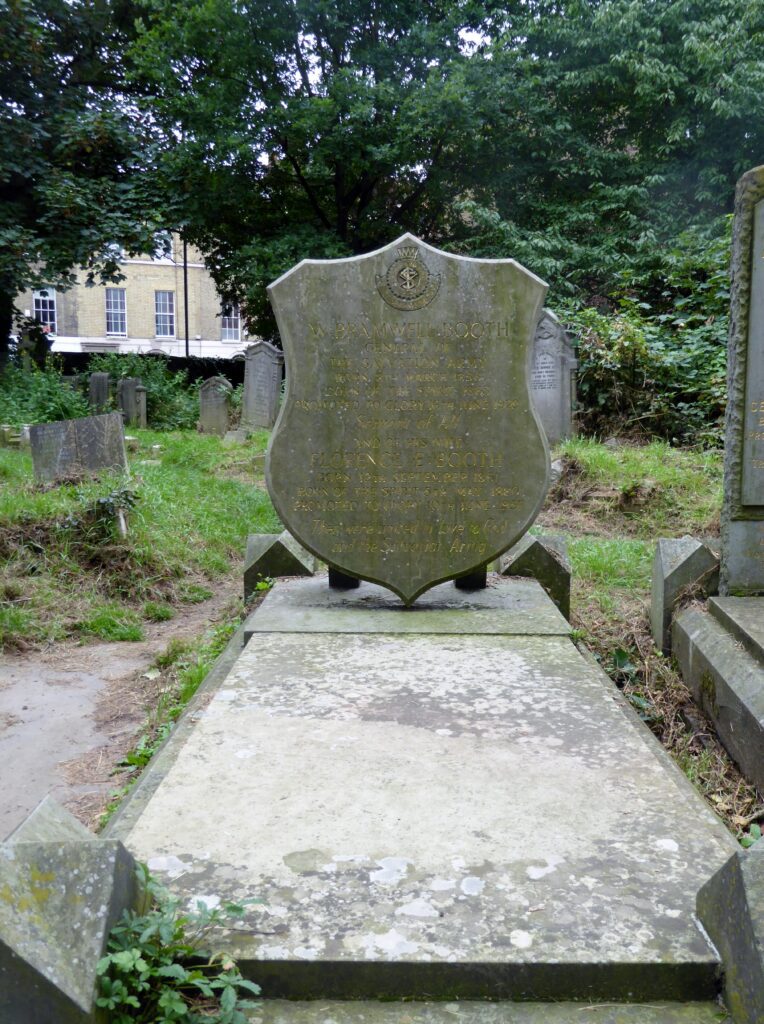
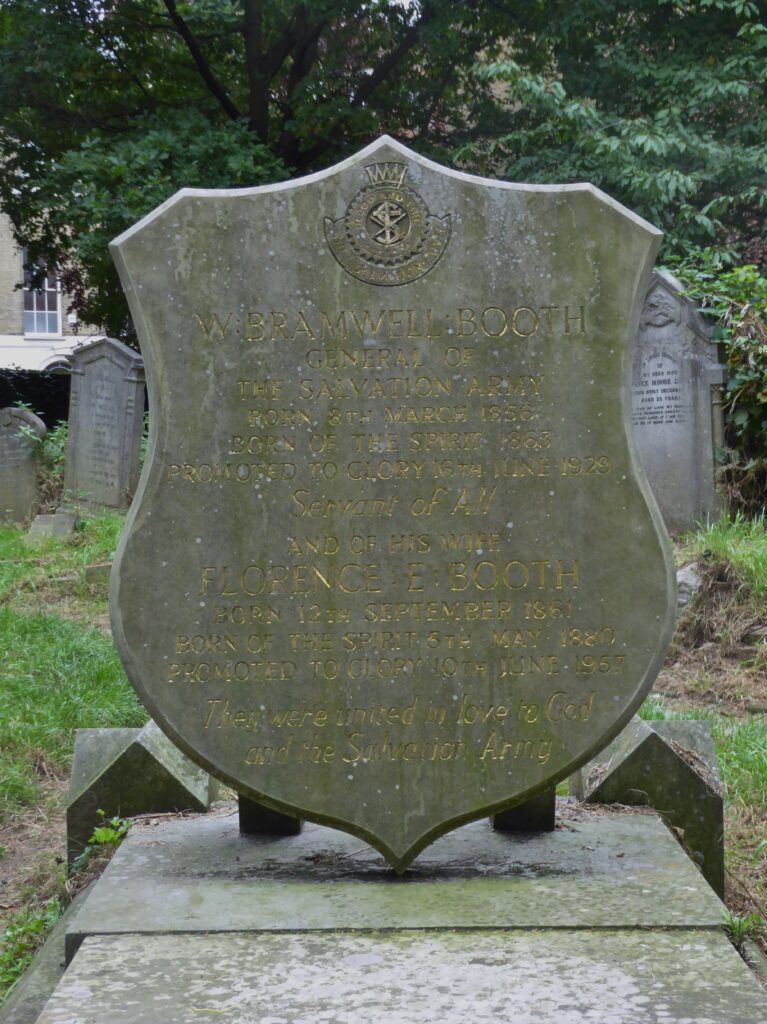
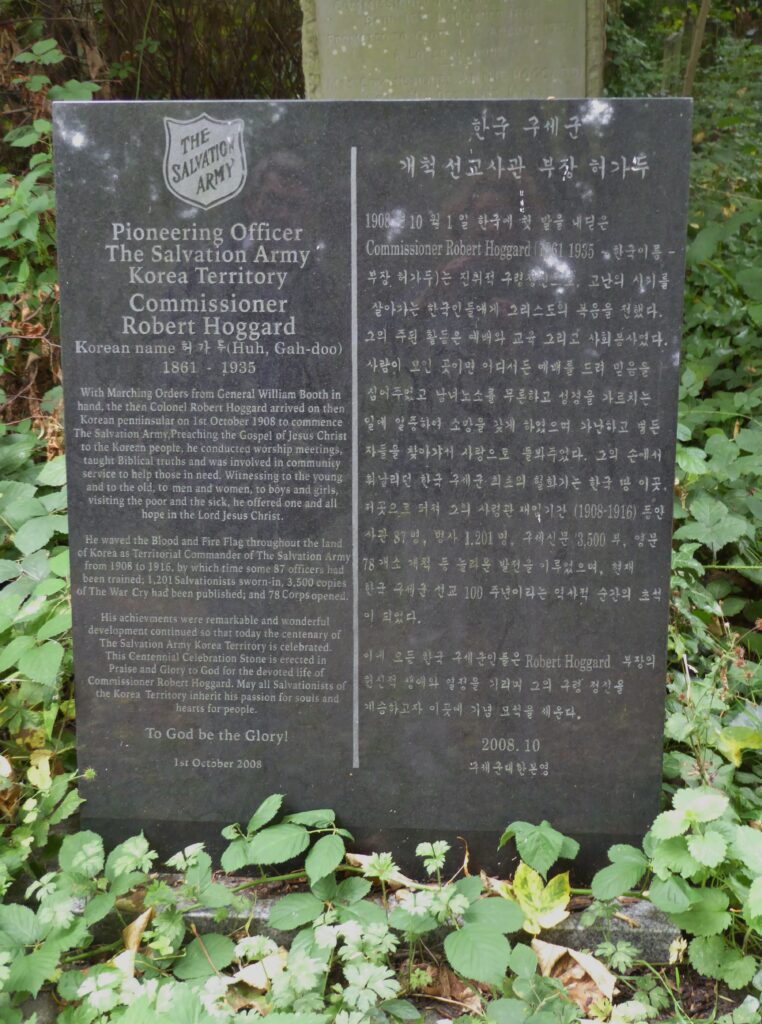
Today the Salvation Army is an international charity with branches in 133 countries. In America it is the largest non-governmental provider of social services. Where states fail it steps into the breach. Focusing on homelessness, it provides accommodation for 3,000 people a night in the United Kingdom and Republic of Ireland alone, catering in different establishments for singles, the young, vulnerable women, mothers and babies, families with children, the elderly, those with mental health, drug, and alcohol issues, and those entangled in the criminal justice system. Temporary night shelters cater for rough sleepers in cold weather.
The Army runs adult day care centres and rehabilitation centres for addicts. Hadleigh Farm is now a training centre for young people with special needs who learn horticultural, carpentry, catering, and office skills, in a realistic working environment before seeking work elsewhere.
Salvationists channel humanitarian aid in response to disasters and help with refugee resettlement programmes and initiatives seeking to combat slavery and human trafficking.
Even those of us who recoil at their religious dogma cannot but respect and admire their practical philanthropy, unbounded by any fastidious qualms, engaging where many of us would draw back.
And those brass bands? The first one was set up by Charles Fry and his sons in 1878 to support Booth, acting as his “bodyguards” by distracting unruly crowds at open air meetings. They quickly became an integral part of Salvation Army worship and parades, and an instantly recognisable symbol of the Salvationists. And in December they herald the Christmas Season for Atheist and Christian alike as the emotion-charged notes of well-known carols reverberate through our city streets.
***********************************************************************
Abney Park Cemetery opened in 1840 as a non-conformist garden cemetery when Bunhill Fields ran out of space. When it in turn reached capacity it experienced a period of neglect in the mid twentieth century until the Save Abney Park Campaign was set up by locals. Today it is a registered Historic Park and Garden and local nature reserve run by the Abney Park Trust. See www.abneypark.org for details of wildlife and nonconformist graves. And by way of contrast see https://spitalfieldslife.com 2019/06/10 on Music Hall Artists in Abney Park Cemetery.
